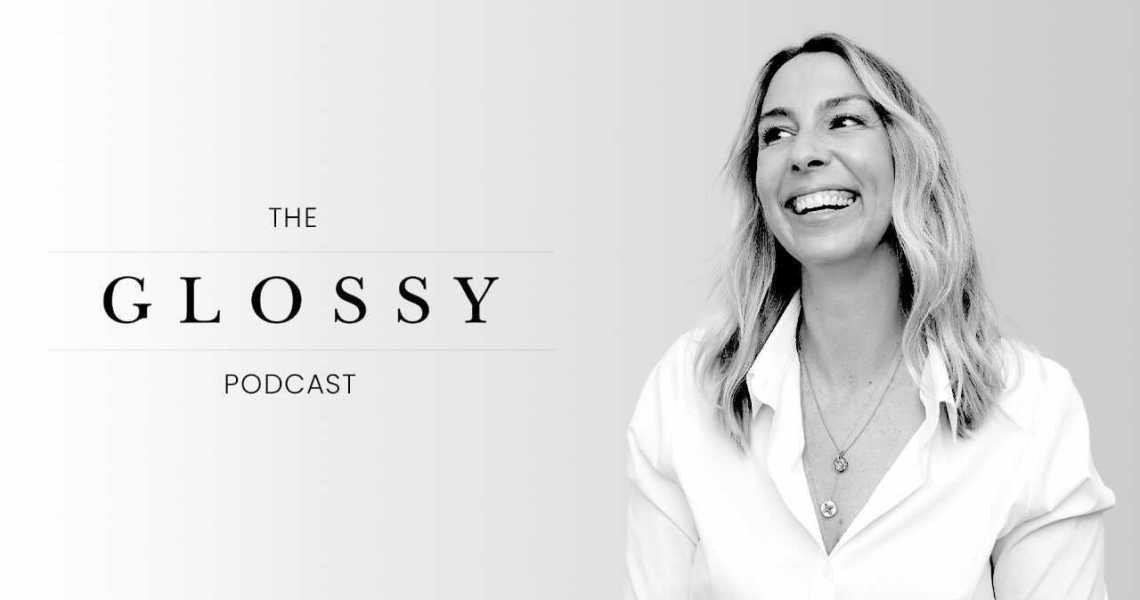Subscribe: Apple Podcasts | Stitcher | Google Play | Spotify
Athleta chief product officer Jana Henning described 2020 as both “a blockbuster year” and “a rollercoaster.” The company managed to do $1 billion in sales, even with amid pandemic-driven obstacles.
“I credit our success last year to listening to our teams and listening to our customer,” Henning said on the latest episode of the Glossy Podcast. “We really put them at the center of everything we do, and that’s been good for business.”
Responding to that feedback meant quickly entering new product categories, including sleepwear and masks, and offering more sizes. As of January 2021, Athleta offers sizes 1X-3X in 70% of its styles. The company also leaned into styles that were selling, resulting in a record year for leggings.
Henning, who’s been with Gap Inc. since 2010, said Athleta was well positioned going into the pandemic due, in part, to its brand values.
“They really resonate with our customers and what’s happening in the zeitgeist right now,” she said. “Athleta is a B Corp, we are committed to empowering women and girls to really reach their limitless potential, and we are committed to inclusivity by design — really thinking about how we can invite as many different women and girls into the brand as possible.”
This year, the company plans to open 20-30 stores, and it’s projecting $2 billion in annual sales by 2023.
Ad position: web_incontent_pos1
Below are additional highlights from the conversation, which have been lightly edited for clarity.
Expanding beyond activewear
“What we’re really excited about going forward is: How can we really provide our customer the outfitting and the style that she needs for 24 hours per day, not just during her workout? … People are going to want to dress up again. And they’re going to want to get up in the morning and feel smart as we re-enter into a more open world. We have the product to do that. So as you start to see that people are shifting from [leggings] into a more tailored look or smarter style, we can dress you for those occasions, as well. We really want to be the most beloved brand, and we feel like there’s a great opportunity right now in this inflection point to do that.”
Prioritizing size inclusivity
“There’s a fixed amount of space in the store. So what offering more sizes means is that you have to have fewer overall choices in the store. So we had to get really precise with: What are the most important items that everybody will need? — so that we could really tighten up the overall collection in stores. And then, along with rolling out the mannequin package, which now goes all the way up to 3X, we were able to actually allow, right on one rolling rack, that full gamut of sizes. That was important to us. We didn’t want the customer to have to go to the plus or the 1X-3X section. We wanted it to be something where it’s: We see you. You are just as important as every other customer. You should be treated in the same way.”
The store of the future
“We’re in a lot of talks right now about: What does the store of the future look like? There are a lot of very interesting ideas out there. We tend to do really good in small resort towns.… Some of our best markets are not what you would necessarily think of as the best markets. Like, Minneapolis is a very good business for us. So we’re continuing to look at: What is the size of the footprint? Could we actually have smaller stores going into more boutique markets? And we’re also thinking about: What is the role of technology in stores? What is the role of community in stores? And what could that look like in the future, in terms of really delivering on our brand values and our product positioning?”
The return to stores
“We have seen a consistent uptick in [traffic in] stores. So it will be really interesting [moving forward] — the markets are very different. We look at the sales data across the U.S., and as you can imagine, some markets are much stronger than other markets. There is a pent-up demand; there is this want to go out and see what’s happening in the world. And then, on the polar opposite [side of the spectrum], there are also people who are saying, ‘Maybe I don’t ever need to go into a store again.’ What we anticipate is that traffic will return, [because] we have an incredible environment in our stores, and we’ve got amazing employees that love the brand and connect with the customer.”


